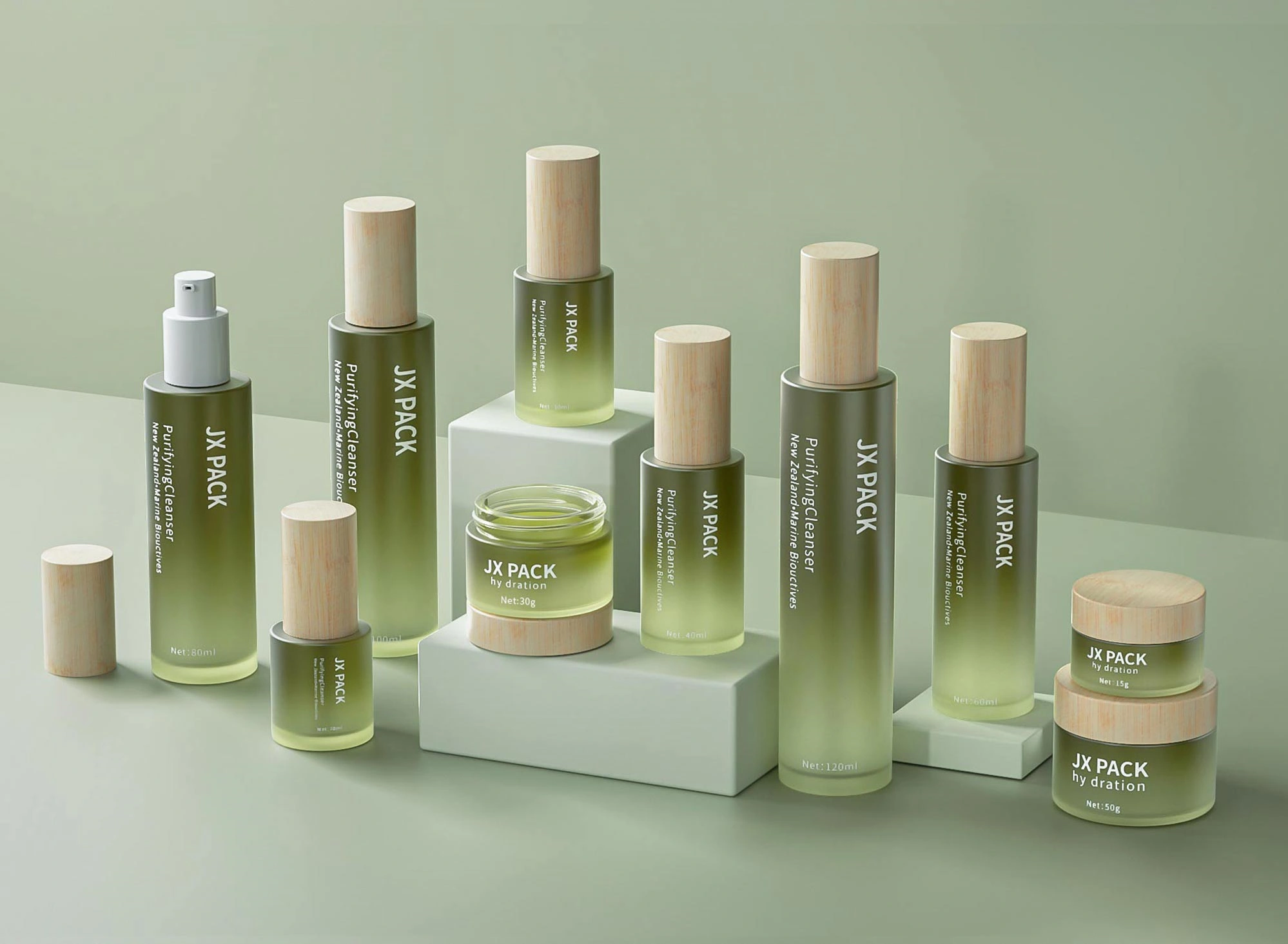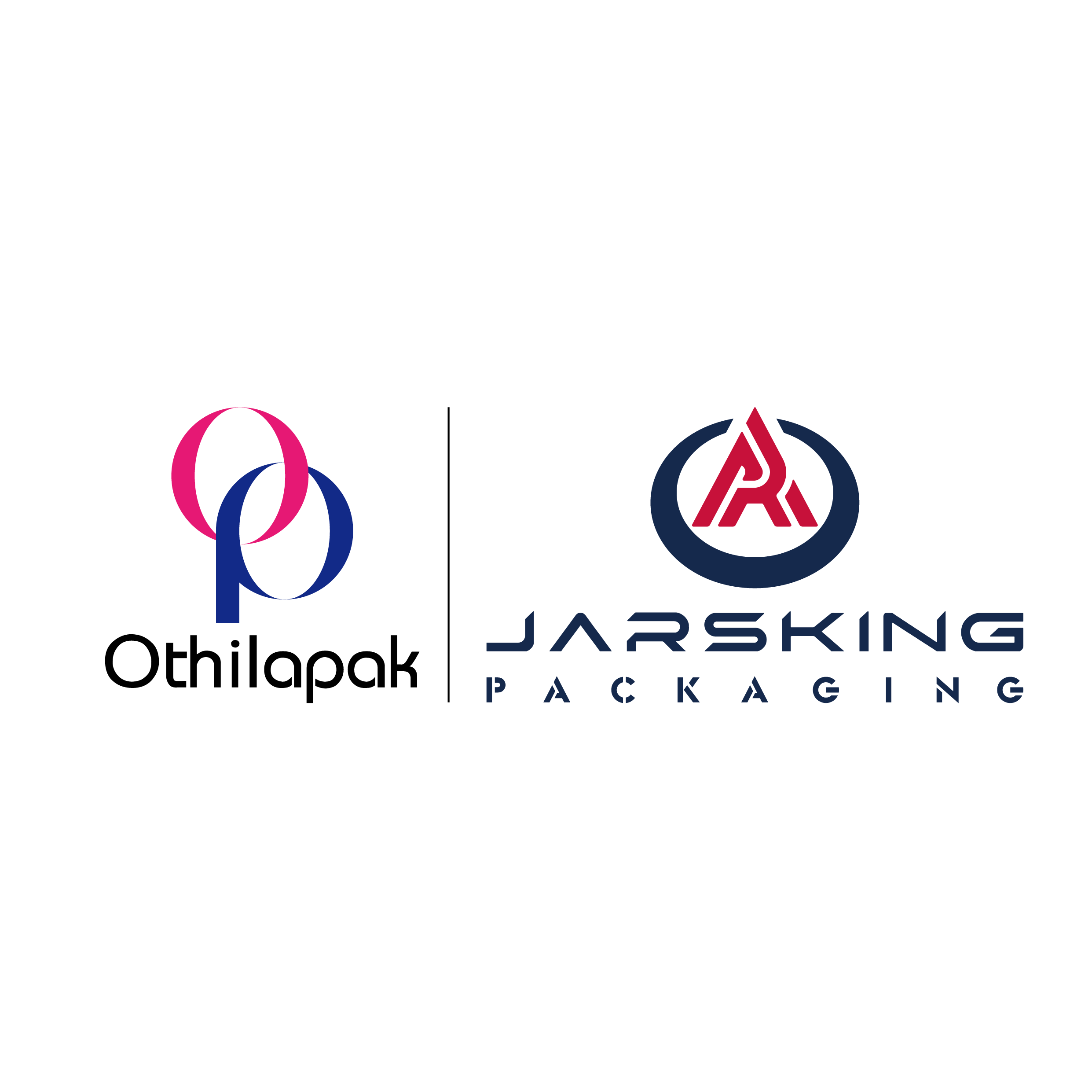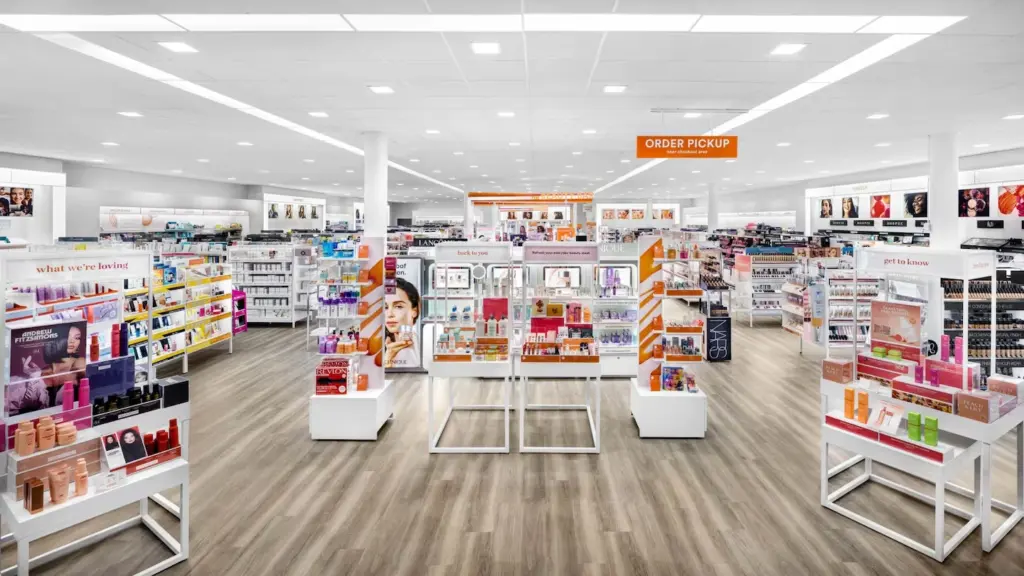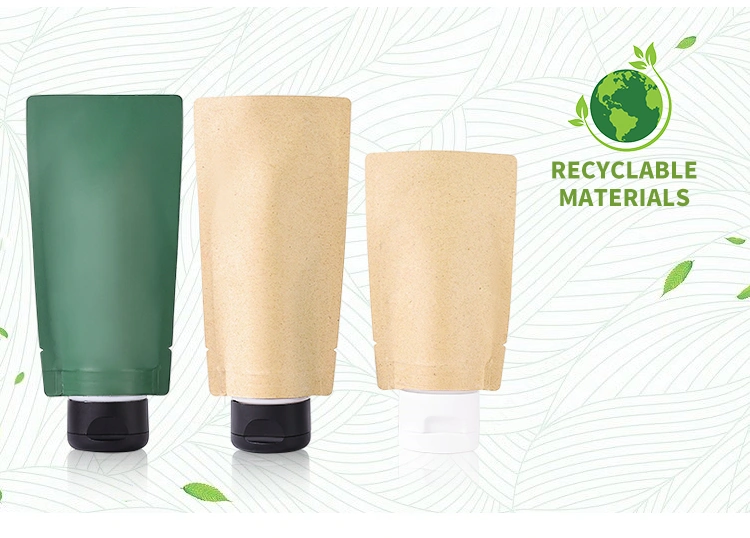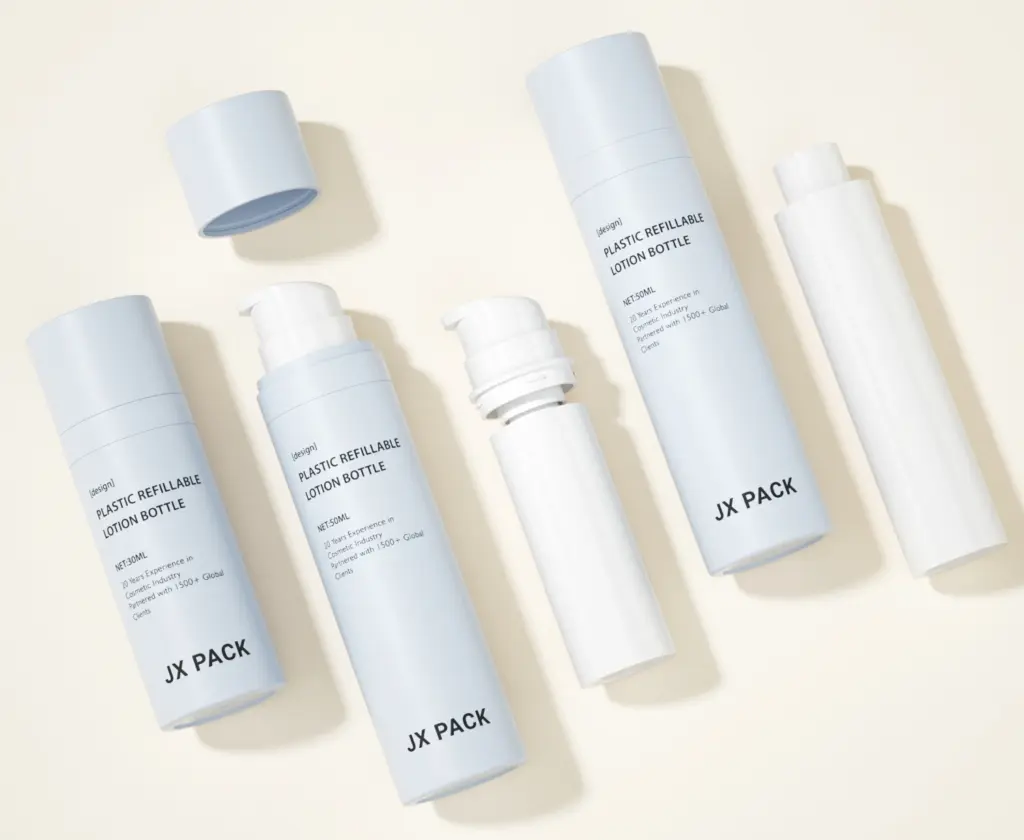In today’s competitive market, consumers are increasingly conscious of sustainability and environmentally friendly practices. This shift means brands must go beyond just developing eco-friendly products—they need to communicate their sustainability efforts effectively through packaging and social media. Sustainable packaging has become a powerful tool for brand storytelling and engagement, particularly in industries like beauty and skincare, where platforms like Instagram, TikTok, and Facebook are critical marketing arenas.
This blog explores how brands can leverage social media trends to maximize the impact of sustainable packaging, enhancing consumer trust, engagement, and brand influence.
The Role of Social Media in Sustainable Packaging
Social media platforms have transformed packaging from a mere product container to a form of content that can significantly influence consumer behavior. Here are some key ways social media impacts sustainable packaging:
Influencer Marketing: Brands collaborate with influencers to showcase eco-friendly packaging, which can increase brand credibility and reach a wider audience. Influencers often use visually appealing packaging to create engaging content, leveraging hashtags and their network for broader exposure.
Consumer Engagement: Social media allows brands to engage with consumers, share their sustainability efforts, and build brand loyalty. Promoting eco-friendly packaging initiatives on platforms like Instagram and Twitter can incentivize purchases and highlight a brand’s commitment to sustainability.
Sustainability Awareness: Social media analytics reveal that consumers favor sustainable packaging trends, with positive sentiment dominating discussions. This indicates a strong demand for eco-friendly solutions, prompting brands to join the sustainability movement.
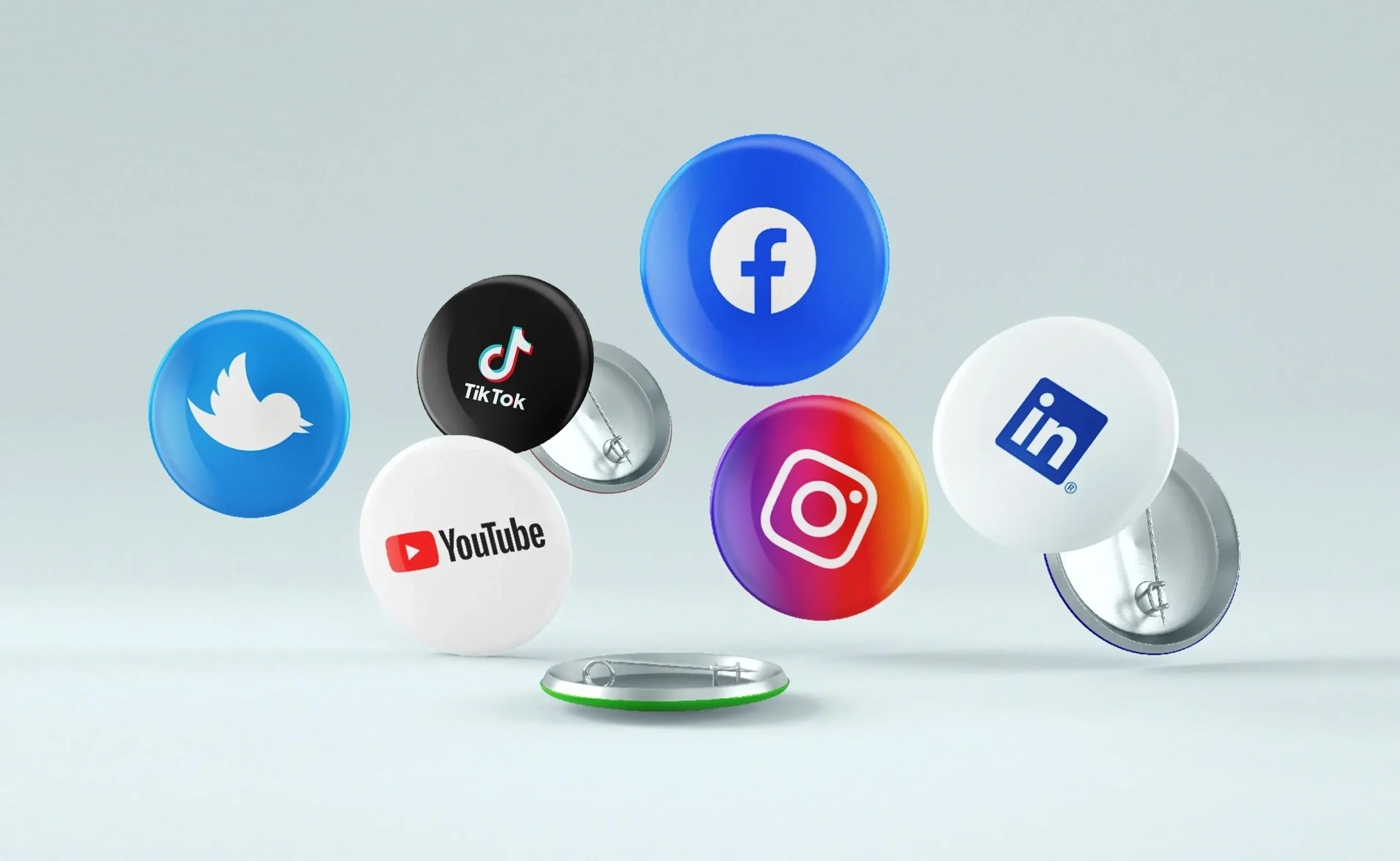
Global Perspectives on Sustainable Packaging
Countries around the world are increasingly focusing on sustainable packaging, driven by environmental concerns and consumer demand. Here’s an overview of how different nations view sustainable packaging and the actions they have taken:
North America
United States: The U.S. has implemented various state-level regulations, such as single-use plastic bag bans in states like California and New York. The Environmental Protection Agency (EPA) promotes sustainable practices through initiatives like the Sustainable Materials Management Program.
Canada: Canada has developed guidelines for packaging stewardship and implemented Extended Producer Responsibility (EPR) programs in provinces like Ontario and British Columbia to encourage waste reduction and recycling.
Europe
European Union (EU): The EU is a leader in sustainable packaging regulations. It has implemented the Circular Economy Action Plan and the Single-Use Plastics Directive to reduce plastic waste and promote recycling. The Packaging and Packaging Waste Directive sets recycling targets and encourages eco-design.
Germany: Germany’s Packaging Act focuses on waste prevention and recycling quotas, with a strong emphasis on EPR.
UK: The UK introduced a tax on plastic packaging with less than 30% recycled content and launched the UK Plastics Pact to promote a circular economy for plastics.
Asia-Pacific
China: China has set recycling targets and restricted non-degradable packaging. Major cities have also introduced waste sorting systems to improve recycling efficiency.
Japan: Japan emphasizes eco-friendly packaging design and has implemented policies to encourage the use of recycled materials.
India: India has banned single-use plastics and implemented EPR guidelines for plastic packaging. The government aims to shift businesses towards sustainable solutions.
South Korea: South Korea has a well-established EPR system and effective waste management practices, focusing on recycling and reusing packaging materials.
South America
Brazil: Brazil uses reverse logistics certificates to ensure waste management, requiring producers to establish systems for recycling their packaging.
Chile: Chile introduced an EPR program in 2016, allowing producers to manage waste individually or collectively. Chile is part of the global Plastics Pact, aiming to eliminate unnecessary plastic packaging.
Africa and Middle East
While specific details on South Africa and Israel were not provided, these regions are also focusing on sustainable packaging practices. Many African countries are working to reduce plastic waste through bans and recycling initiatives, while Israel is involved in circular economy projects aimed at reducing packaging waste.
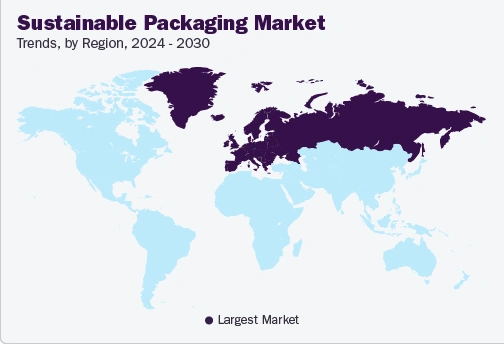
How can brands use social media to elevate brand influence?
The rise of sustainable packaging demands more than just innovation—it requires strategic social media engagement. Transparent sustainability and plastic-free initiatives build consumer trust, while honest marketing fosters stronger connections. User-generated content turns customers into brand ambassadors, amplifying eco-friendly messages. Limited-edition collaborations and short-form videos generate excitement, making sustainability shareable and engaging. Meanwhile, AI-driven interactions enhance consumer experiences, deepening their understanding of green packaging. By integrating these elements, brands can transform sustainability into a compelling social media movement, driving both awareness and loyalty.
1. Green Packaging Challenge – Making Sustainable Packaging a Social Media Trend
A successful way to integrate sustainability into social media marketing is by launching interactive campaigns that encourage user participation. One such initiative is the “Green Packaging Challenge”, where brands invite consumers to share their sustainable practices online.
Ways to Encourage Engagement:
Refill & Reuse: Introduce refillable packaging (e.g., shampoo bottles with refill pouches) and incentivize users to share their refill experiences.
Example: The Body Shop’s refillable shampoo bottles became a viral trend on Instagram, encouraging sustainable purchasing habits.
Upcycling Packaging: Motivate users to repurpose empty bottles into flower vases, storage containers, or soap dispensers.
Example: Aesop’s distinctively designed bottles often appear on Instagram in lifestyle posts, repurposed as decorative items.
How to Drive Participation:
Use Hashtags: Encourage users to post content using hashtags like #SustainableBeauty #GreenPackagingChallenge.
Gamify Engagement: Run competitions for the most creative upcycling ideas, rewarding winners with discounts or free products.
Collaborate with Influencers: Engage eco-conscious influencers to amplify the challenge and inspire their audience to participate.
Case Studies:
LUSH’s “Bring it Back” challenge encouraged customers to return empty packaging to stores in exchange for a free product. This initiative, promoted through Instagram and in-store marketing, reinforced the brand’s commitment to reducing waste and engaging customers in a circular economy. Similarly, LUSH used Instagram infographics to visually communicate its annual progress in reducing plastic use, making sustainability efforts transparent and accessible.
Aesop leveraged its minimalist aesthetic to turn empty product packaging into a lifestyle statement. Consumers naturally shared images of Aesop bottles repurposed as home decor, showcasing sustainability as a part of everyday elegance. This organic user-generated content strengthened brand identity while subtly reinforcing sustainability.
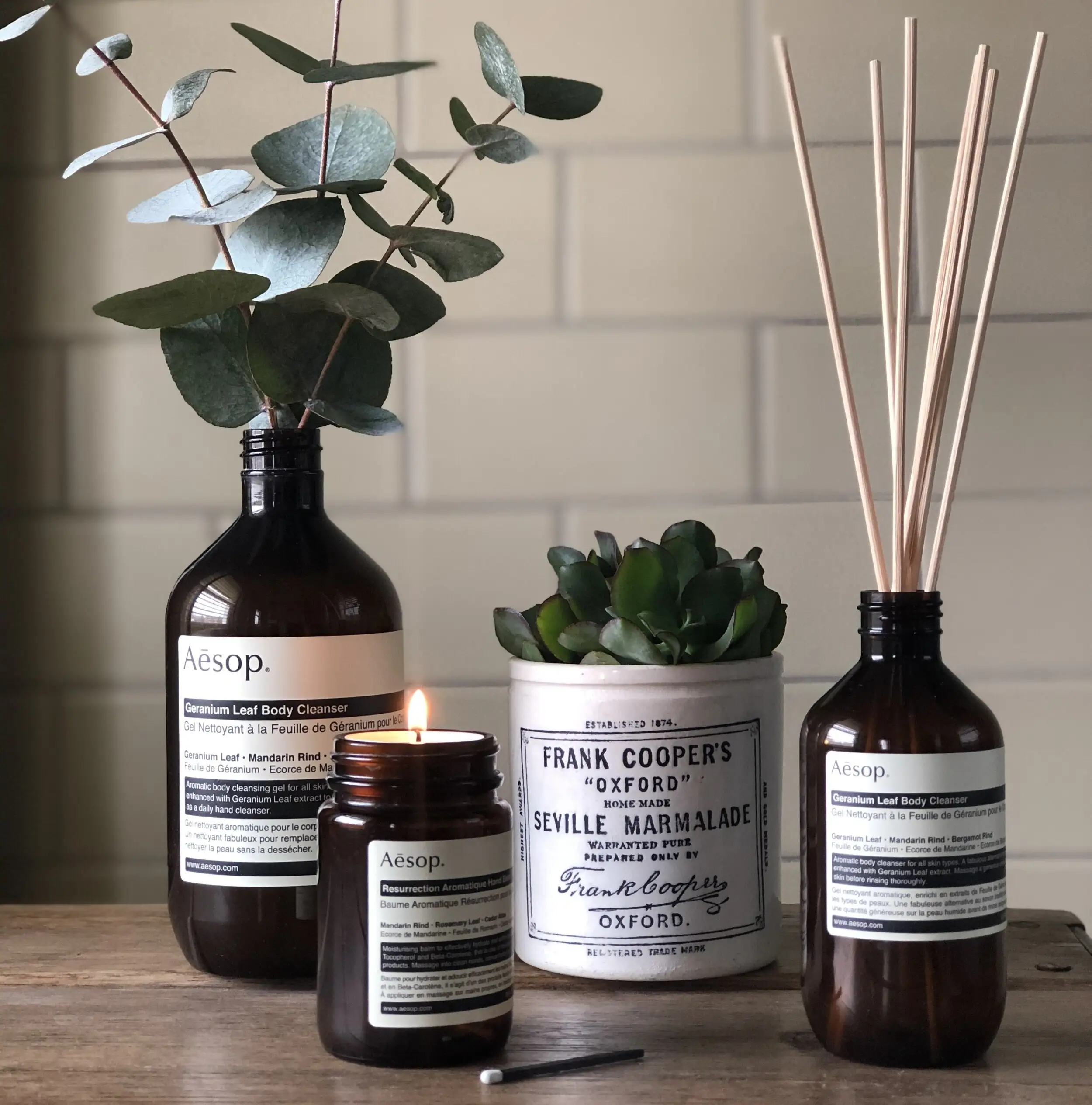
2. Transparent Sustainability: Proving Eco-Friendliness with Visual Storytelling
Consumers today demand authenticity. Brands must go beyond greenwashing by providing tangible proof of their sustainability commitments.
How to Communicate Eco-Friendly Efforts:
Eco-Certifications & Labels: Highlight organic, biodegradable, and cruelty-free certifications on packaging.
Show the Lifecycle: Use videos or infographics to showcase the journey of a product’s packaging—from production to recycling.
QR Codes for Transparency: Add QR codes that lead to information about the carbon footprint, recycling process, and sustainability initiatives.
Case Studies:
Garnier launched “ Behind the Bottle” on Instagram Reels, a campaign designed to educate consumers on how the brand’s packaging innovations contribute to reducing carbon emissions. Garnier also took a visually engaging approach on TikTok, demonstrating a biodegradable shampoo bottle dissolving in soil, making eco-conscious design both educational and compelling.
Love Beauty and Planet emphasized packaging transparency by using clear bottle designs and biodegradable labels. To promote everyday sustainability, the brand introduced the #SmallActsOfLove challenge on TikTok, encouraging consumers to share simple, eco-friendly habits.
Why It Works:
Builds Trust: When consumers see clear evidence of sustainability efforts, they are more likely to engage with and remain loyal to the brand.
Encourages Conscious Purchasing: Seeing a product’s sustainable benefits convinces consumers to make greener choices.
3. The Plastic-Free Packaging Movement – Attracting Eco-Conscious Consumers
A growing trend in zero-waste packaging is attracting significant attention, especially among environmental influencers and conscious shoppers.
Innovative Plastic-Free Solutions:
Solid Beauty Products: Solid shampoos and lotions in compostable packaging reduce waste while appealing to minimalists.
Example: Ethique’s biodegradable shampoo bars were widely shared by eco-bloggers, leading to a surge in sales.
Cornstarch-Based Bottles & Biodegradable Materials: Natural materials break down faster, reinforcing sustainability claims.
Example: L’Occitane promoted its aluminum refillable bottles through social media campaigns focused on the circular economy.
Marketing Strategies for Plastic-Free Products:
Partner with Sustainability Influencers to showcase eco-friendly products in action.
Create Before & After Comparisons to highlight the difference between plastic and biodegradable alternatives.
Launch Limited-Edition Zero-Waste Kits to drive urgency and exclusivity.
Case Studies:
Ethique’s biodegradable shampoo bars gained widespread attention through eco-bloggers who shared personal experiences with the product, leading to increased brand awareness and sales. The brand also dominated Instagram’s #ZeroWasteBeauty hashtag by leveraging influencer marketing to reach sustainability-conscious consumers.
L’Occitane actively promoted its aluminum refillable bottles through campaigns highlighting the benefits of a circular economy. The brand collaborated with eco-conscious key opinion leaders (KOLs) to create informative content explaining how refills reduce packaging waste. In partnership with Loop, L’Occitane launched a refillable aluminum bottle initiative and introduced the Instagram challenge #ZeroWasteRoutine, inspiring users to share their sustainable habits.
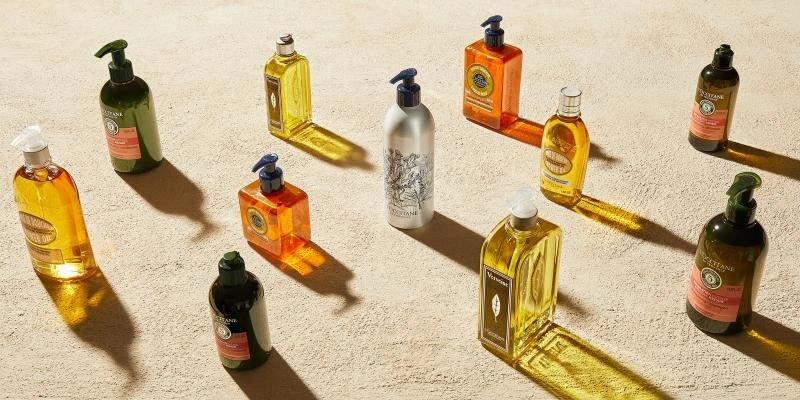
4. Transparency in Marketing: Building Trust Through Honest Communication
Brands should use social media to educate and inform consumers about their sustainability efforts.
Best Practices for Transparent Marketing:
Behind-the-Scenes Content: Show the design, material sourcing, and recycling process in short videos.
Data-Backed Claims: Share measurable goals (e.g., “50% plastic reduction by 2025”) on Instagram Stories or LinkedIn.
User Testimonials: Feature real customer feedback and testimonials about the eco-friendly packaging.
Case Studies:
The Ordinary took an educational route by releasing a YouTube video that provided an in-depth look at its sustainable packaging strategy. By transparently discussing material choices, carbon footprint considerations, and long-term environmental goals, the brand built consumer trust and positioned itself as a leader in responsible beauty. This informative content helped consumers make more informed choices while reinforcing The Ordinary’s commitment to sustainability.
5. User-Generated Content (UGC): Turning Customers into Brand Ambassadors
UGC is a powerful tool in social media marketing. Encouraging consumers to share their experiences with sustainable packaging helps generate authentic brand advocacy.
How to Encourage UGC:
Create Branded Hashtags: Examples include #MyEcoBeautyRoutine #SustainablePackagingStory.
Reward Engagement: Offer discounts or loyalty points for customers who post about their eco-friendly purchases.
Host a Challenge: E.g., “How do you repurpose your empty skincare bottle?” and have customers post their ideas.
Case Studies:
Fenty Skin’s Instagram campaign encouraged users to share videos of themselves refilling their skincare bottles, making sustainable beauty a normalized and engaging practice. By showcasing real consumers participating in refill culture, the campaign reinforced the brand’s commitment to reducing packaging waste while fostering a sense of community around eco-conscious habits. This user-generated content approach not only promoted sustainability but also increased brand visibility through authentic consumer participation.
Kiehl’s leveraged TikTok’s interactive nature with the #ReturnAndRecycle challenge, incentivizing customers to return empty containers in exchange for rewards. This gamified initiative made recycling a fun and engaging activity, driving participation while reinforcing Kiehl’s dedication to sustainability. The challenge gained traction as users shared their recycling experiences, generating social media buzz and encouraging responsible disposal habits.
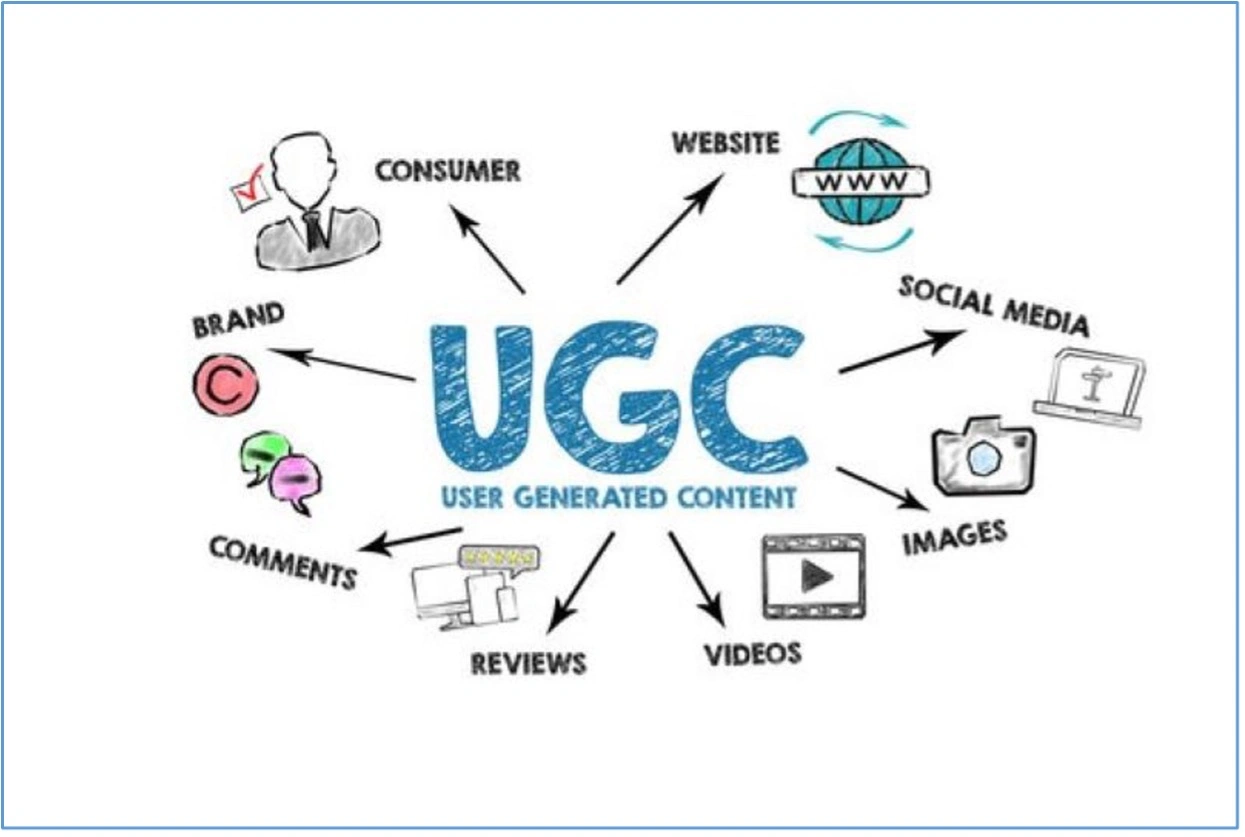
6. Limited Edition Collaborations: Creating Social Media Buzz
Limited-edition eco-friendly packaging can drive hype and exclusivity, leading to viral social media trends.
Strategies to Create Viral Packaging:
Partner with Eco-Artists: Launch collectible designs featuring artwork that promotes sustainability.
Make It Personal: Offer personalized, refillable bottles with customizable labels.
Tie Packaging to Charity: Donate a portion of sales to environmental causes for each limited-edition product sold.
Case Studies:
Aveda partnered with sustainability-focused artists to create limited-edition packaging that blended environmental responsibility with artistic expression. These unique designs not only emphasized the brand’s commitment to sustainable beauty but also turned the packaging into collectible pieces, making eco-conscious products more desirable. The collaboration quickly gained traction on social media, where the artistic storytelling resonated with consumers who valued both aesthetics and sustainability. The limited-edition packaging sold out rapidly, demonstrating that creative, purpose-driven design can elevate the appeal of green products and drive consumer engagement.
7. Leveraging Short-Form Video Content for Sustainability Storytelling
Short videos on TikTok, Instagram Reels, and Xiaohongshu are ideal for educating and engaging consumers on sustainability.
Types of Video Content That Work:
Before & After Comparisons: Show how biodegradable packaging dissolves in water or compost.
Unboxing Experiences: Work with beauty influencers to highlight sustainable packaging features.
Behind-the-Scenes Production: Take users on a journey from material selection to recycling.
Case Studies:
The Body Shop launched an Instagram series titled “Life Cycle of an Eco-Friendly Bottle,” designed to educate consumers on the sustainable journey of its packaging. Through a series of engaging posts and videos, the campaign broke down each stage of the bottle’s life cycle—from sourcing recycled materials to responsible disposal or reuse. By using visually compelling storytelling, The Body Shop not only highlighted its commitment to sustainability but also empowered consumers with knowledge on how they could contribute to reducing waste. This initiative reinforced transparency and brand trust while encouraging eco-conscious behaviors among followers.
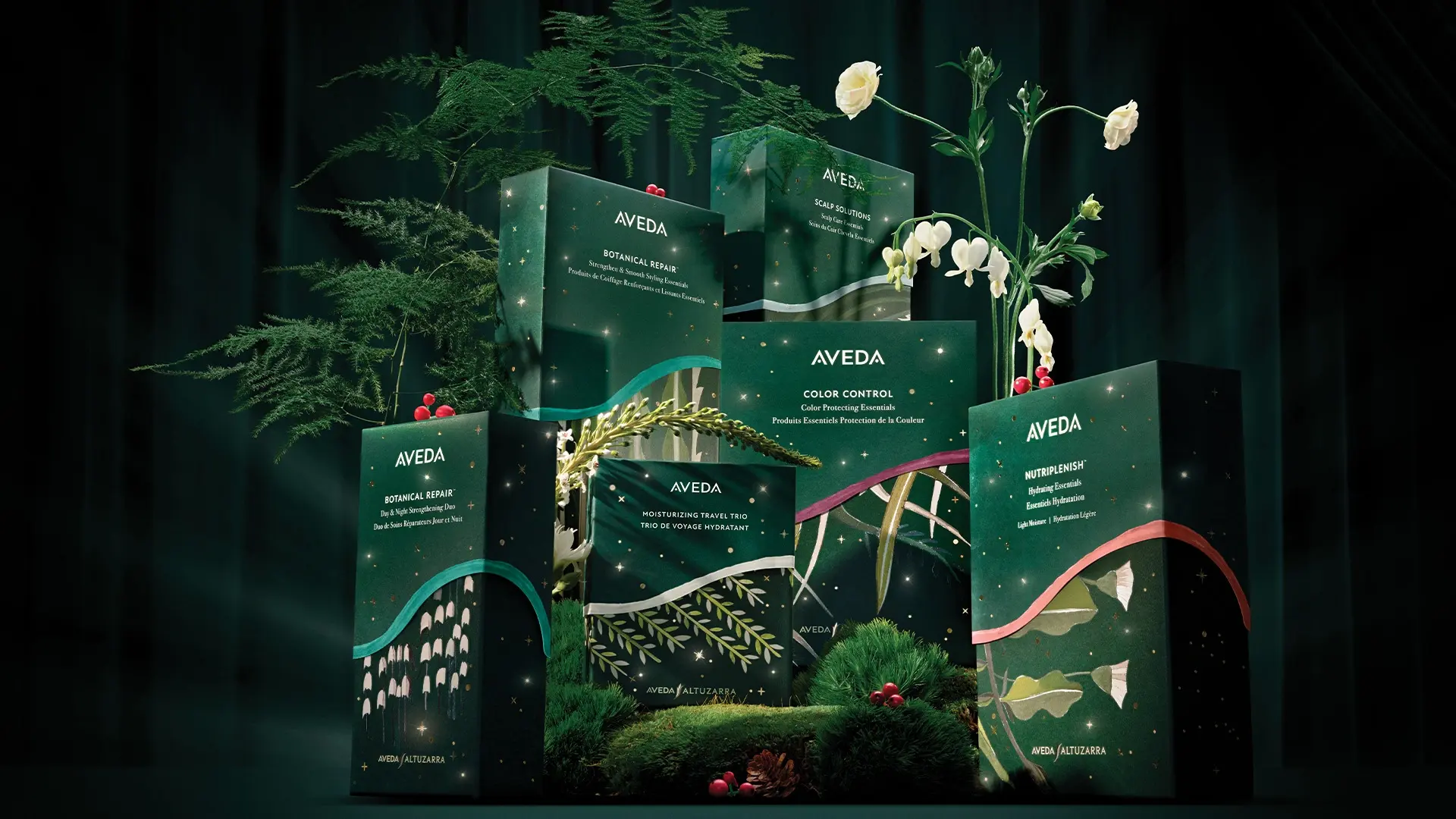
8. AI & Eco-Friendly Packaging: Enhancing Consumer Interaction
Brands can integrate AI technology to improve engagement with sustainable packaging.
AI-Powered Eco-Experiences:
AI-Generated Personalized Labels: Let consumers customize their packaging with sustainability messages.
AR (Augmented Reality) Packaging Experiences: Scanning a bottle could display its recycling process and carbon footprint.
AI Chatbots for Eco Education: Offer an AI assistant to guide users on how to recycle their packaging.
Case Studies:
L’Oréal’s introduction of AI-powered customizable eco-labels marked a significant step in making sustainability more transparent and accessible to consumers. These labels provided tailored sustainability information based on user preferences, allowing shoppers to make informed decisions about the environmental impact of their purchases. By leveraging AI, L’Oréal enhanced consumer engagement, ensuring that eco-conscious buyers could easily understand the brand’s commitment to sustainable packaging.
Unilever launched an AI recycling guide designed to educate users on proper disposal methods, making recycling more intuitive and accessible. This digital tool helped consumers navigate the complexities of recycling different packaging materials, ensuring that products were disposed of correctly. By simplifying the recycling process, Unilever reinforced its commitment to sustainability while empowering consumers to participate in reducing waste effectively. Both initiatives demonstrate how AI can bridge the gap between brands and consumers, driving informed, responsible choices in sustainable packaging.
Final Thoughts: Winning with Sustainable Packaging & Social Media
Key Takeaways for Brands:
UGC and Social Engagement: Inspire consumers to share their sustainability journey.
Influencer Partnerships: Work with eco-conscious influencers to expand brand reach.
Short-Form Video Dominance: Utilize TikTok and Instagram Reels for viral content.
AI & AR Innovations: Leverage smart packaging experiences for deeper engagement.
Conclusion: The Future of Skincare Packaging Lies in Sustainability and Digital Engagement
As consumer demand for sustainable and eco-friendly solutions continues to grow, the skincare packaging industry must evolve to meet these expectations. Brands are no longer looking for just functional packaging—they want solutions that align with their environmental values while also enhancing their brand storytelling and digital presence. As a manufacturer of skincare packaging, we have a unique opportunity to lead this transformation by offering innovative, sustainable packaging solutions that are not only environmentally responsible but also highly marketable in the digital age.
In the rapidly evolving beauty and skincare industry, the manufacturers that succeed will be those that stay ahead of trends, drive innovation, and actively engage with the market. By combining sustainable packaging solutions with a strong social media strategy, we can ensure that we remain at the forefront of the industry, attract top-tier beauty brands, and contribute to a more sustainable future.
Final Note
Othilapak, as a manufacturer of cosmetics packaging, we recognize the power of social media and sustainable marketing in attracting eco-conscious beauty brands and setting ourselves apart in the industry. By actively sharing our expertise in sustainable materials, behind-the-scenes content, and success stories on platforms like LinkedIn, Instagram, and Facebook, we can showcase our innovations and build trust. Engaging with beauty brands, influencers, and eco-conscious communities helps us expand our reach.
By highlighting real-world case studies, before-and-after comparisons, and industry insights, we demonstrate the value of our eco-friendly solutions. Through a combination of storytelling, influencer partnerships, and strategic social media engagement, we not only increase brand awareness but also build long-term partnerships with skincare brands looking for innovative, sustainable packaging solutions.
